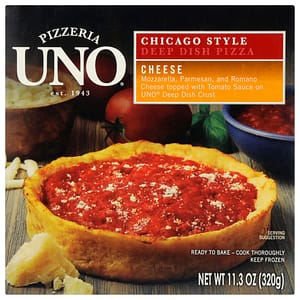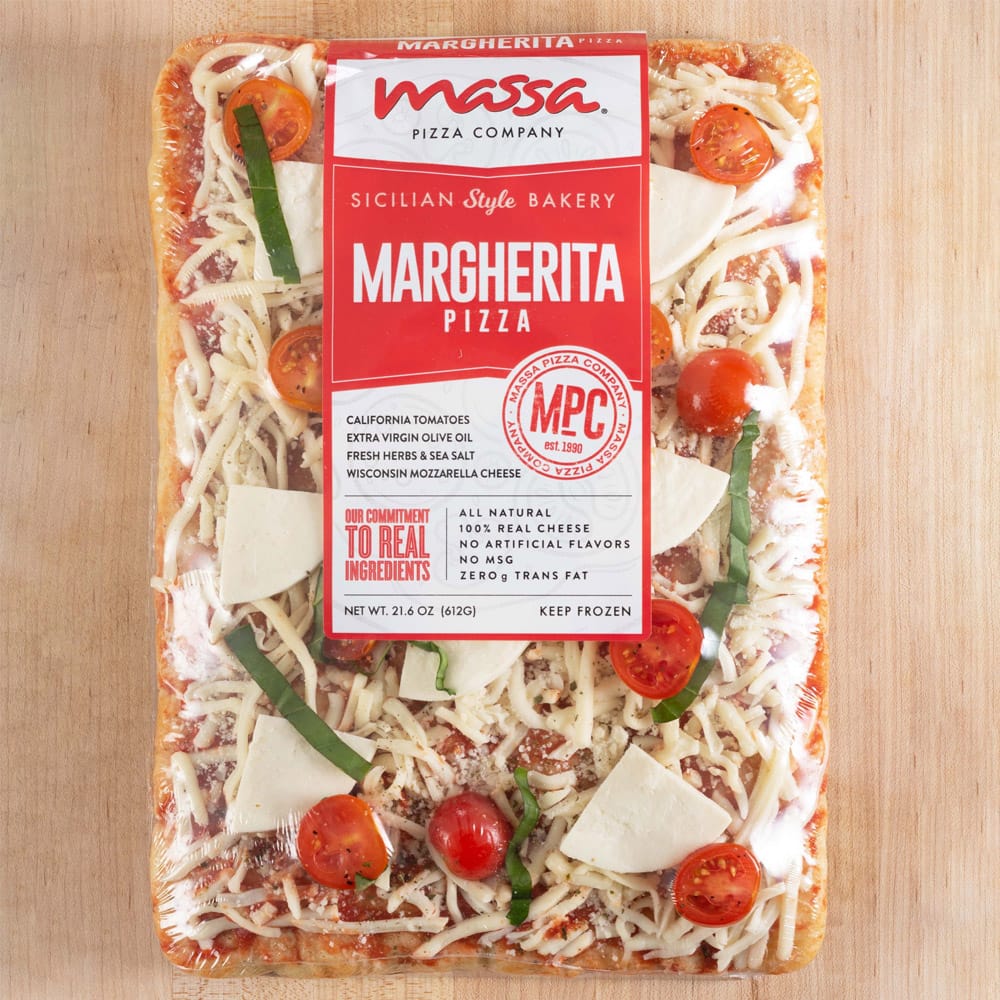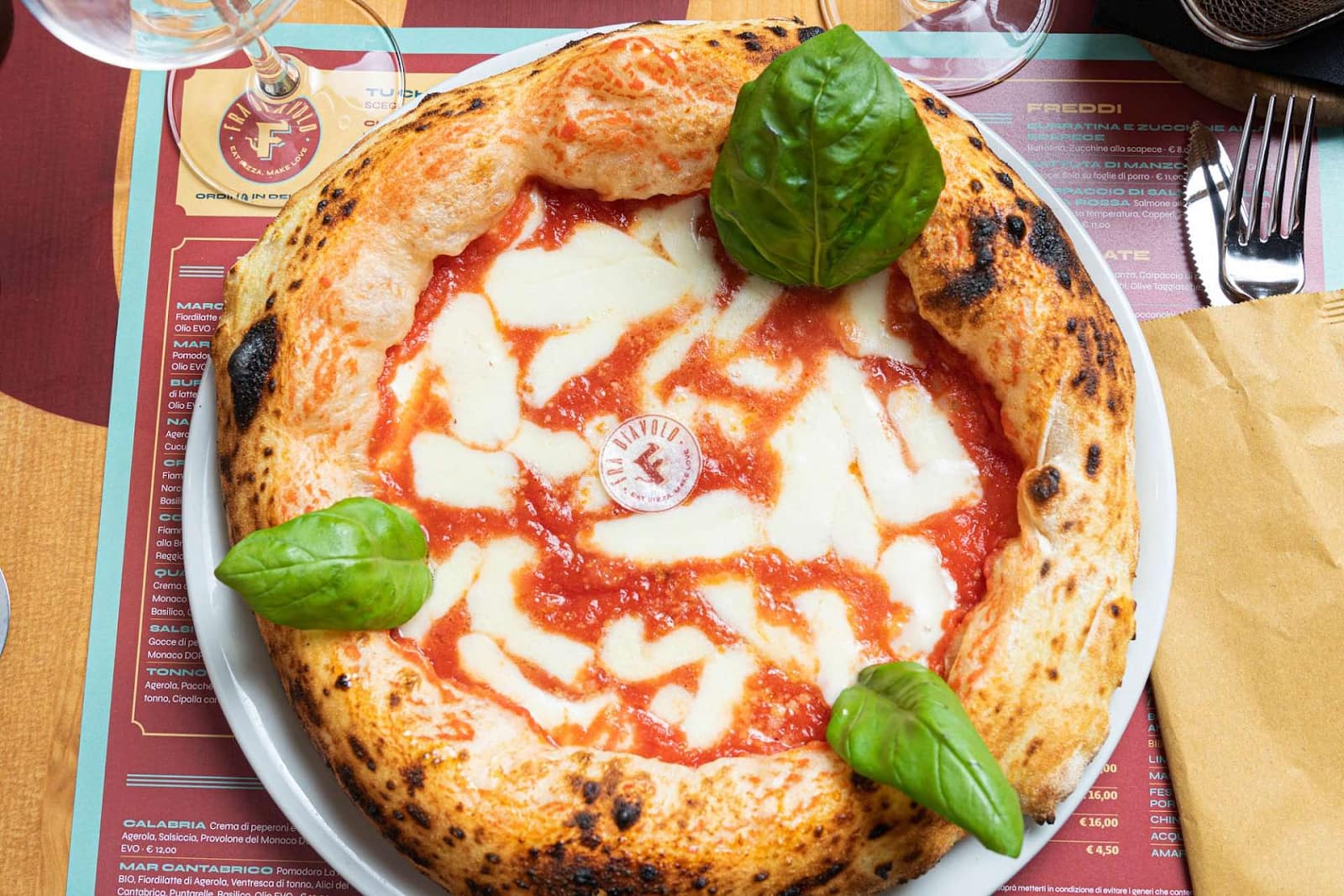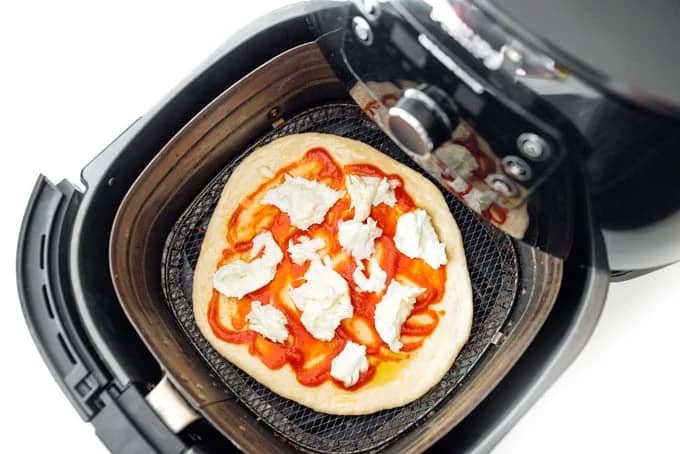Pizza and wine — two of life’s great pleasures, enjoyed by people around the world. When done thoughtfully, these two iconic foods can come together to create something even better than the sum of its parts. While pizza and wine may seem easy enough to pair, there is an art to blending their flavors in perfect harmony.
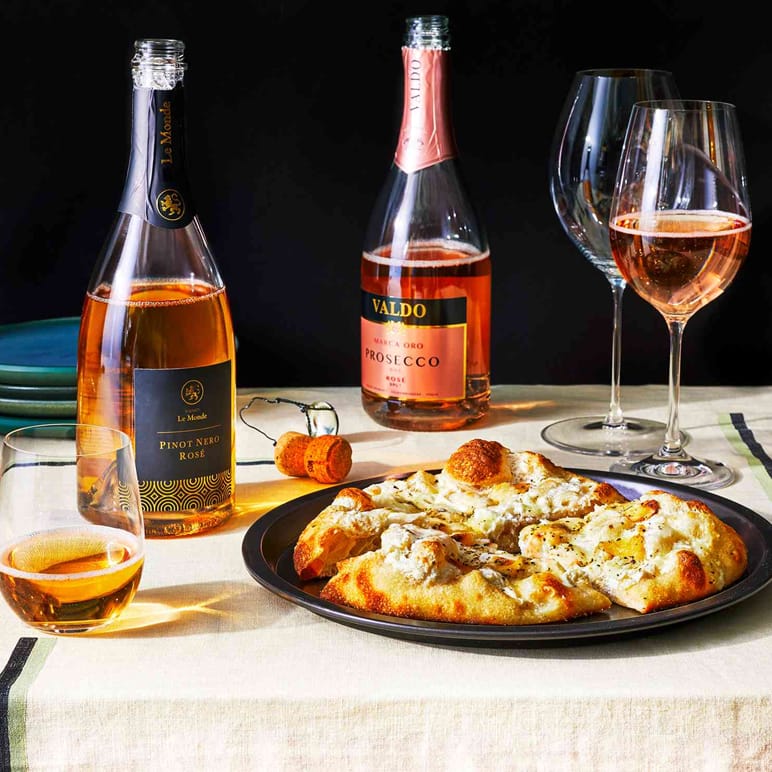
Below, I’ll give you a rundown on the basics of pairing wine with pizza and provide some combinations that would make your taste buds tingle with joy. I’ll also talk about regional variations in Italy and beyond. Read on for an enjoyable tour of this tasty culinary craft!
Section | What to try? |
The Basics of Wine and Pizza Pairing | Match intensities and flavors; balance contrasts and complements like acidity, sweetness, bitterness. |
Classic Pizza Types and Their Ideal Wine Partners | Margherita pairs with Pinot Grigio, Sauvignon Blanc, or light reds; Pepperoni with Grenache, Barbera, Sangiovese; Veggie pizzas with rosé or aromatic whites; BBQ chicken pizza with Pinot Noir, Cabernet Sauvignon, or off-dry Riesling. |
Exploring Regional Variations | Pair traditional regional wines with local pizza types, e.g., Italian grapes with Neapolitan pizzas, Provence rosés with Provençal toppings, Californian wines with local pizzas. |
Tips for Hosting a Wine and Pizza Tasting Party | Plan ahead, select a variety of wines and pizzas, set up a tasting station, keep portions small, and encourage guests to savor and discuss pairings. |
DIY Wine and Pizza Pairing at Home | Start with preferred wine styles, use grocery store wines, get creative with toppings, and trust personal taste for pairings. |
You don’t have to be a foodie to know what pizza is. It is one of the most popular foods known worldwide, loved by many for its wide variety — from basic cheese to odd topping combinations. Similarly, wine is a globally enjoyed beverage that works well as both a partner for meals or just for drinking alone. When well paired, wine and pizza can create something truly magical.
Doing so isn’t just about getting the right taste profile though; it’s more about chemistry. The trick is to find that balance between contrasts and complements when pairing different flavors together — such as acidity, sweetness, bitterness, meatiness etc… When combined correctly however, they can create a truly delicious taste that will make your friends say “wow!”.

The Basics of Wine and Pizza Pairing
Successfully blending flavors between these two requires you to follow several strategies. First would be matching intensities — heavy flavored pizzas need heavier wines that can keep up without being outdone. On the other hand though, lighter flavored ones should be paired with lighter-bodied wines too in order for the flavor not to be overpowered.
Secondly, complementary flavors are key. Does your pizza have pronounced tomato sauce? Match it with an acidic wine. Sweetness in the wine should also echo that of the toppings.
Contrasts are equally important though — does your pizza have some spicy pepperoni? Pair it with an off-dry white wine. The crispness helps to balance out all the heat you’re about to experience. Acidity in wine also cuts rich, fatty cheeses. It may seem like a lot but these basics will soon have you excelling as a gourmet!
Tips For Wine And Pizza Pairing
Strategy for Pairing | Description |
Matching Intensities | Heavy flavored pizzas should be paired with heavier wines. Lighter flavored pizzas with lighter-bodied wines. |
Complementary Flavors | Pair pizzas with pronounced tomato sauce with acidic wines. The sweetness of the wine should match the sweetness of the toppings. |
Contrasting Flavors | Spicy pizzas like those with pepperoni should be paired with off-dry white wines. The crispness of the wine balances the spice. Acidity in wine cuts through rich, fatty cheeses. |

Classic Pizza Types and Their Ideal Wine Partners
Certain combinations have been around forever for a reason — they always impress.
The Margherita is a classic that many love. Simple fresh tomatoes, basil, and mozzarella usually does the trick when you want something basic but still delicious. The ideal partner for this would be something equally as vibrant — think Pinot Grigio or Sauvignon Blanc. For people who fancy bubbles though, sparkling wines also work equally well. If reds are more of your thing, light Beaujolais or Valpolicella can do wonders too.
Pepperoni is quite arguably one of America’s favorite pizzas and it isn’t too hard to see why. Its meaty and spicy flavor is something many enjoy, however it can easily overpower most wines— not these three however: Grenache, Barbera, Sangiovese etc.. will do just fine at keeping up with all those strong flavors!
For veggie pizzas, consider a rosé to pair with the red sauce and meatless toppings like mushrooms, onions, or peppers. Dry rosés from Provence are great. If you prefer white, try aromatic grapes like Gewürztraminer or Viognier. They have stone fruit and floral notes which are the perfect balance.
Barbeque chicken pizza has that sticky sweet and smoky flavor. Pinot Noir is a safe bet with its sweet cherry flavors not being too much. Hearty Cabernet Sauvignon is another good option for its layers of dark fruit, spices, and oak flavors. Off-dry Riesling also compliments the savory barbecue sauce nicely.
Pizza Types And Their Ideal Wine Pairings
Pizza Type | Wine |
Margherita | Pinot Grigio, Sauvignon Blanc, Sparkling Wines, Light Beaujolais, Valpolicella |
Pepperoni | Grenache, Barbera, Sangiovese |
Veggie | Rosé (especially dry rosés from Provence), Gewürztraminer, Viognier |
Barbeque Chicken | Pinot Noir, Cabernet Sauvignon, Off-dry Riesling |
Classic Pizza types and their Ideal Wine Partners

Some fantastic wine and pizza pairings really shine when keeping things local. After all, wines developed alongside regional cuisine in Italy and elsewhere.
In Italy, go for indigenous grapes with traditional Neapolitan pizzas. A classic Margherita demands a red Fiano or Falanghina with its Italian tomato sauce and mozzarella. Pair pepperoni pizza with an Italian Montepulciano d’Abruzzo instead of the bolder New World reds. The regional acidity cuts through the pizza oils and spice.
Travel over to France, and you’ll find Provence rosés suit the array of Provençal pizza toppings. The wines’ berry flavors and herbal notes complement additions like fig, olive, and loads of fresh veggies. In California, Zinfandel and Cabernet Sauvignon grown nearby work wonderfully with seasonal veggie or BBQ chicken pizzas.
Embrace this “local foods, local wines” approach, and savor the way regional winemaking has adapted to local cuisine over time. You can’t go wrong pairing traditional regional wines with classic local pizza interpretations!

Tips for Hosting a Wine and Pizza Tasting Party

A wine and pizza party lets guests experience the joy of pairing for themselves. Follow these tips for fantastic flavors and fun.
Start planning your wines and pizzas a week or two before the event. Shop for a variety – maybe 4 reds, 4 whites, and a rosé. Include different styles and grapes. Choose a similar number of individual pizzas spanning classics like Margherita and pepperoni to creative combos.
Set up a tasting station with water crackers, glasses, and tasting notes sheets. Arrange wines from lighter to heavier to avoid strong flavors carrying over. Remind guests to cleanse their palates between tastings with water and crackers.
Keep portions small – just 4-5 bites per pizza slice and 2-3 ounces of wine. This allows everyone to experiment without filling up. Encourage your guests to savor, discuss, and rate each pairing before moving on. The conversation is part of the fun!
Provide serving platters for finished wine and pizza so guests aren’t tempted to finish every taste. Top up glasses yourself between rounds to control pacing and portions.
DIY Wine and Pizza Pairing at Home
Not everyone has access to a high-end Italian sommelier! With a few guidelines, your at-home wine and pizza experiments will be delicious.
Start with wines and styles you actually enjoy drinking on their own. Pick a medium-bodied red, a dry white, and a rosé as your bases. It’s perfectly fine to fall back on grocery store finds like Californian Cabernet, Pinot Grigio, and White Zinfandel. No fancy wines required!
Pick up your pre-made pizza from your favorite pizzeria. Then gather some other ingredients: jarred sauce, dough and a variety of fun toppings — and get creative!
When you’re tasting, pay attention to the way each thing works with your senses. What flavors in the wine complement or contrast the toppings? Does one overpower or clash with the other? What acidic, fruity, herbal notes emerge?
Don’t feel limited by what goes best together. Trusting yourself is key to finding a pairing that works for you!
Pros | Cons |
Personalized Experience | Risk of Mismatched Flavors |
Tailor the pairing to your own taste preferences. | Without expert guidance, there’s a chance of choosing flavors that don’t harmonize well. |
Cost-Effective | Overwhelming Choices |
No need for expensive wines; grocery store finds work well. | A wide array of options can be overwhelming for beginners. |
Creativity and Fun | Lack of Expertise |
Experimenting with various toppings and wines can be a fun, creative process. | Lacking the nuanced understanding that a sommelier might offer. |
Convenience | Inconsistent Results |
Easy to set up with pre-made pizzas and accessible wines. | Each experiment may yield different results, lacking consistency. |
Educational | Time-Consuming |
Great way to learn through trial and error. | Finding the perfect pairing may take time and several attempts. |
Trust in Personal Preference | Limited by Local Availability |
Encourages trusting your own taste and exploring new combinations. | Limited to wines and pizza options available locally. |
The Conclusion
Pairing wine with pizza is easy and fun. Though it’s been done for centuries, it never gets old. The simple concept has endless opportunities to explore flavors and broaden your understanding of wine.
With just a little bit of knowledge about the basics and experimenting yourself with different types and styles of wine, you can be an expert at pairing pizza.
In this case, balance is key. Just like any good relationship — there needs to be balance between the flavors of your food and your wine. This doesn’t mean that all of them will be winners though! The saying “you win some, you lose some” applies here too — trying something new isn’t always going to be good.
So next time you want to impress your friends and family with a fancy dinner idea: take out a bottle of red or white — put on your chef hat and enjoy!


